NAPHAZOLINE - OPHTHALMIC
PHONETIC PRONUNCIATION: (nah-FAZZ-oh-leen)
COMMON BRAND NAME(S): Albalon, Naphcon, Vasocon
GENERIC NAME(S): naphazoline HCl
Uses
USES: Naphazoline is a decongestant used to relieve redness, puffiness, and itchy/watering eyes due to colds, allergies, or eye irritations (smog, swimming, or wearing contact lenses). It is known as a sympathomimetic (alpha receptor agonist) that works in the eye to decrease congestion. Some brands of naphazoline eye drops also contain other ingredients. Lubricants (such as glycerin, hypromellose, or polyethylene glycol 300) help protect the eyes from more irritation. Zinc sulfate, an astringent, helps reduce redness and irritation.
How to use NAPHAZOLINE - OPHTHALMIC
HOW TO USE: Follow all directions on the product package, or use as directed by your doctor. If you are uncertain about any of the information, consult your doctor or pharmacist. To apply eye drops, wash your hands first. To avoid contamination, do not touch the dropper tip or let it touch your eye or any other surface. Remove contact lenses before applying the eye drops. Wait at least 10 minutes after using this medication before inserting contact lenses. Before using, check this product visually. Do not use if the liquid has changed color or is cloudy. Use in affected eye(s) as directed. Tilt your head back, look upward, and pull down the lower eyelid to make a pouch. Hold the dropper directly over the eye and place 1 drop into the pouch. Look downward and gently close your eyes for 1 to 2 minutes. Place one finger at the corner of the eye near the nose and apply gentle pressure. This will prevent the medication from draining away from the eye. Try not to blink and do not rub the eye. Repeat these steps if your dose is for more than 1 drop and for the other eye if so directed. Do not rinse the dropper. Replace the dropper cap tightly after each use. If you are using another kind of eye medication (e.g., drops or ointments), wait at least 5 minutes before applying other medications. Use eye drops before eye ointments to allow the eye drops to enter the eye. Overuse of this type of medication may result in increased eye redness (rebound hyperemia). Tell your doctor if this occurs or if your condition persists or worsens after 48 hours. If you develop eye pain/vision changes or think you may have a serious medical problem, seek immediate medical attention
Side Effects
Precautions
Interactions
Overdose
Images
Reviews
Disclaimer
IMPORTANT: HOW TO USE THIS INFORMATION: This is a summary and does NOT have all possible information about this product. This information does not assure that this product is safe, effective, or appropriate for you. This information is not individual medical advice and does not substitute for the advice of your health care professional. Always ask your health care professional for complete information about this product and your specific health needs.
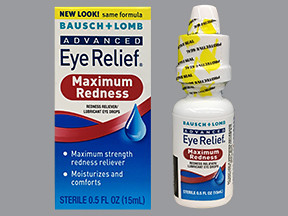
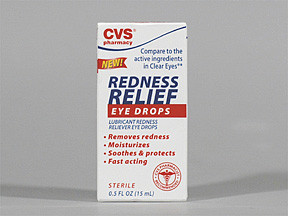

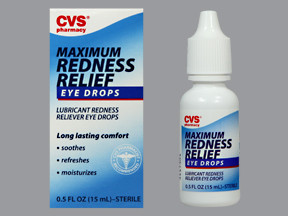
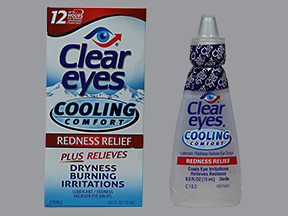
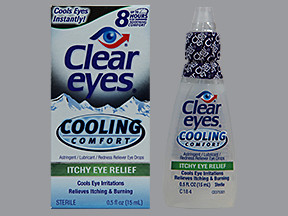
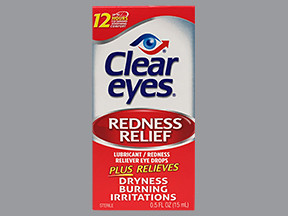
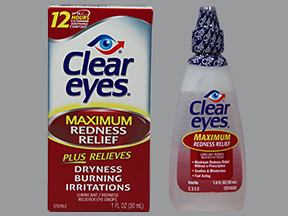
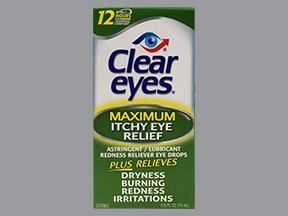
No Reviews Yet